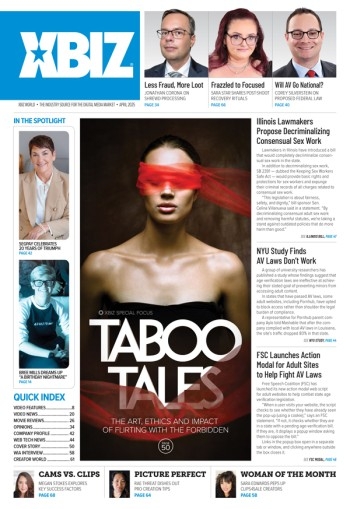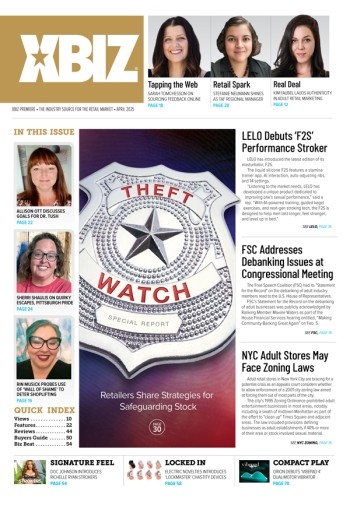Being a content creator gives you the freedom to express yourself creatively on a regular basis, which is a luxury that most business owners don’t have. With that freedom, however, comes a higher rate of frustration; you’re entirely dependent on yourself for producing and creating, and sometimes you’re just all tapped out of ideas and find yourself in a rut. This is where having relationships with other content creators can help. In addition to sharing moral support and advice, you can work together to create fresh content and draw in new fans for each other.
TYPES OF CONTENT COLLABORATIONS
I know the paperwork aspect is not sexy, but doing this diligently will help protect you in case something happens.
There are two different ways you can work with other content creators. The first is hiring them to work with you. The other is a content trade, where you both agree to work together to produce the content and you each have a right to distribute it on various platforms. There are pros and cons to each option.
If you’re paying them for their time, you have more control over the content and what happens to it. You have control of the shoot and you won’t be competing for views when they publish the same scene, but you have to cover all the costs. In a content trade, you have more options. You can shoot one scene together and each get a copy to edit for your own platform, or shoot two scenes and each performer gets to direct their own scene to use on their platforms. Either way, you share the costs with your trade partner.
For most, a content trade is the better option, since you’re not having to come up with another performer’s day rate up front in addition to all other production costs. However you’re going to have to negotiate terms on everything from the type of content you’re going to shoot to where and when it gets posted and for how much.
PAPERWORK IS YOUR BEST FRIEND
You should always be up to date on current 2257 regulations, as well as the requirements for the platforms you’ll use. In addition to clear photos of IDs, take photos of each performer in the typical “bunny ears” pose — holding each ID up by your face — as well as a photo holding your ID and the signed release form. You’ll also want to include updated testing info, which these days includes COVID, and a sign-in/out checklist, which lists the “dos and don’ts” that each performer is comfortable with.
You should have a performer agreement for each content trade. I recommend spending a little bit of time and money having a lawyer give yours a once-over. This is going to give you a sense of security, as you’re going to want to make sure that you're protected. If you’re hiring a performer, your contract should outline who owns the content and what rate you agreed to pay them. This would be similar to being hired by a studio to perform a scene. As the content owner, ensure that you have full ownership of the content and can distribute it anywhere you choose.
For a content trade, more negotiations are needed and your performer agreement should reflect that. You’ll want to go over who is responsible for editing the content, whether you’ll each get a copy of the raw footage or an edited version, whether there will be two setups with each of you getting one scene, and what platforms the scenes can be posted to. These are terms that both parties should agree to before filming.
WHERE DO WE GO FROM HERE?
No matter where you post the scene, you both should agree on when to post and how you’ll promote it. If both performers use the same platform as their main account, you can coordinate a marketing campaign simply by posting and tagging each other. If you have different platforms as your primary accounts, you’ll need to agree in advance whether you will post to one platform together or on both platforms, and when.
You’ll need to break down all the other places where you’ll post that scene as well. If you use five platforms and your scene partner is on six, create a profile on that one you’re missing; even if this is your only scene on it for now, that’s a new revenue stream! You’ll also want to make sure to note if any geotagging should be done; if your family lives in Minnesota and you don’t want them to see you, make that clear in your contract as well.
PRICING EACH OTHER FAIRLY
When it comes to pricing, it’s best to start by knowing your worth. What you would charge for your standard scene is your base price. Hopefully you’ve done the research and compared your content to others, and are pricing yourself accordingly. You don’t want to undercharge but you also don’t want to be charging rates so high that you’re losing out on customers.
Your scene partner also has a base price; if your prices are roughly the same, your starting point is set! Factor in the difference in content compared to your usual work and adjust as needed. For instance, if both performers typically do 10-minute solos that sell for $15 each, you might want to charge $30 for a 20-to-30-minute scene together. It’s not an exact science or an equation I can give you, but you want to make sure that it’s a price your fans will look at and say, “That makes sense for me!” You’ll also need to make sure that your prices are in sync with each other for each platform you’re posting to.
I know the paperwork aspect is not sexy, but doing this diligently will help protect you in case something unexpected happens. You don’t want to find out a week before you post that your scene partner has already posted the scene, didn't tag you and charged less than you. Protect your work!
Megan Stokes is co-founder of NMG Management, a content distribution and brand management firm. A veteran of the adult industry, she strives to share knowledge and the data she collects with the community. For more information, visit nmgmanagement.com.








